Kailasa Temple – 1200 year old Hindu temple carved from a single rock in Ellora, located 29 km from Aurangabad City in Maharashtra state, India and is part of 34 cave temples and monasteries famous in Ellora.
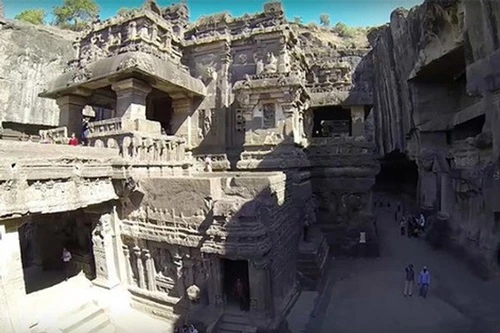
This temple is a notable example of 8th century Dravidian architecture due to the almost perfect proportions of carving while at that time people only knew how to use simple hand tools. for construction and elephants for transporting heavy construction materials.
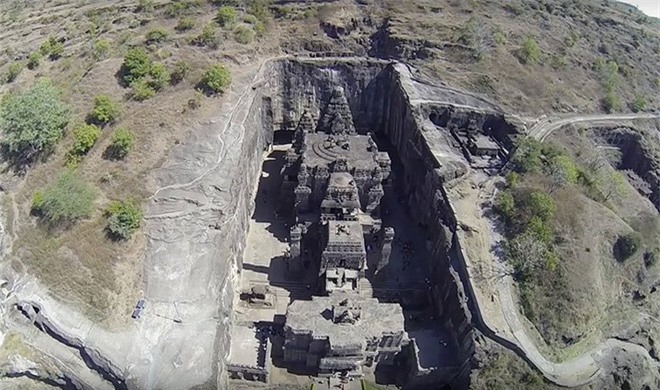
According to many historical documents, this temple was built by Krishna I – king of the Rashtrakuta dynasty, which ruled over large parts of the Indian Subcontinent between the sixth and tenth centuries. This temple is commonly known as Kailash Temple – a sacred mountain in Tibet, which is considered a holy place for many religions.
According to Hindus, Lord Shiva lived on top of that mountain. And the god worshiped among them is the Hindu god Shiva – the supreme god who symbolizes regeneration and destruction in Hinduism.
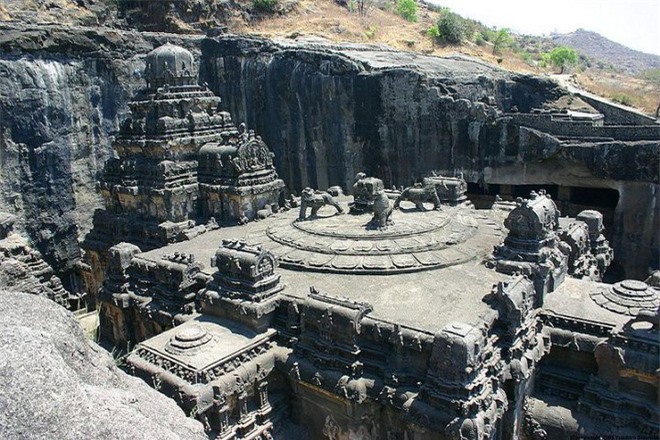
This temple is estimated to have been built between 757 and 783 BC with the same purpose as Mount Kailash, the place where Shiva resides according to Hinduism. An estimated 400,000 tons of stone were extracted over a period actually longer than 20 years to build the structure of this monolithic temple.
By observing the chisel marks on the stone walls, archaeologists have come to the conclusion that three types of chisels were used to carve this temple.
This temple is believed to have been built vertically from the top down due to the foreseeable difficulties in carving the front by the chisels.
According to records, the technique used to build this place is called “carving from boulders”. However, people still cannot understand how the ancients separated boulders from the 30 m mountain to make pillars with a few rudimentary tools.
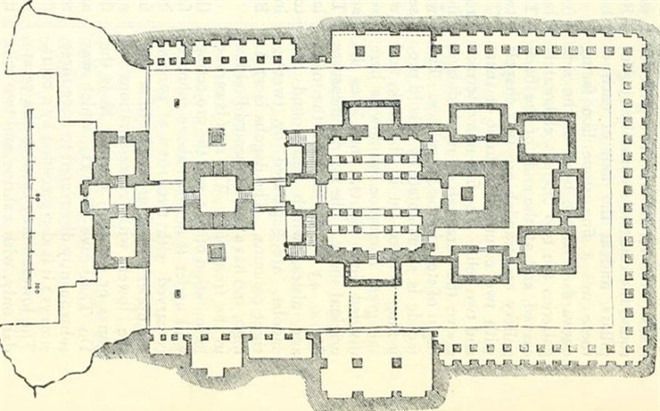
By observing the chisel marks on the stone wall, archaeologists came to the conclusion that three different types of tools were used to carve this century’s masterpiece, which could be chisels, hammers and objects. sharp. They also claim that the temple was carved vertically from top to bottom, as it was built to be visible from above as shown in the diagram above.
Hierarchical carvings on the exterior of the 1,200-year-old ancient Hindu temple are seen on a two-story gate carved from a single block of stone that opens into the space of a U-shaped courtyard surrounded by a 30-meter-high arched column. meters, including giant sculptured panels of many gods.
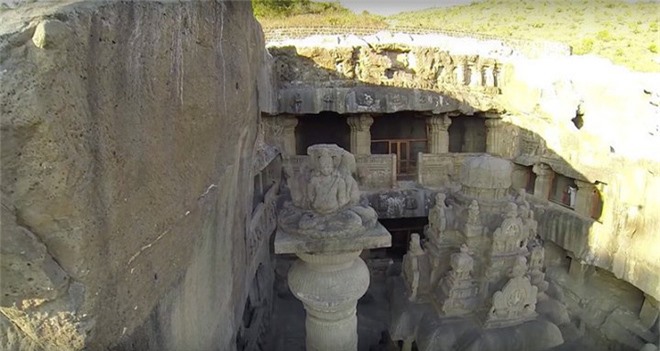
A strange thing is that in 1682, King Aurangzeb – a devout Muslim, ordered thousands of people to destroy this historic architecture. But, it seems that this is an impossible task because for 3 years, the workers could not do anything to the temple except destroy a few statues. In the end, King Aurangzeb had to give up. Hindus believe that this is the power of the gods.
Right in front of the temple is a statue of the bull Nandi – the mount of Shiva, this feature can be seen in all temples dedicated to Shiva.
In the grounds of this place of worship there are many elephant statues. Many people humorously say that, viewed from above, Kailasa looks like it is protected by a herd of elephants.
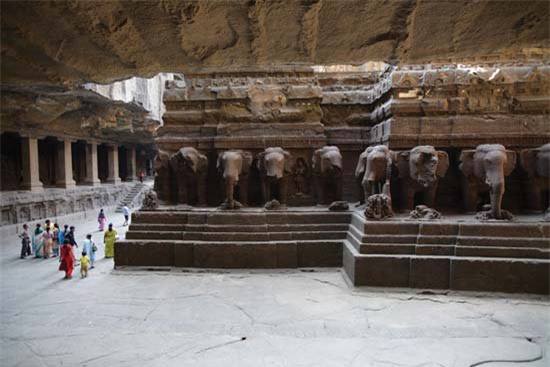
Inside this architecture are pillars, windows, and rooms. In the center of the main hall there is a giant stone linga on the left carved with images of many different deities and figures, all of whom are believed to be devotees of Shiva.
Meanwhile, the gods on the right are followers of Vishnu – the protective god, who is also one of the three supreme gods of Hinduism besides Shiva and Brahman.
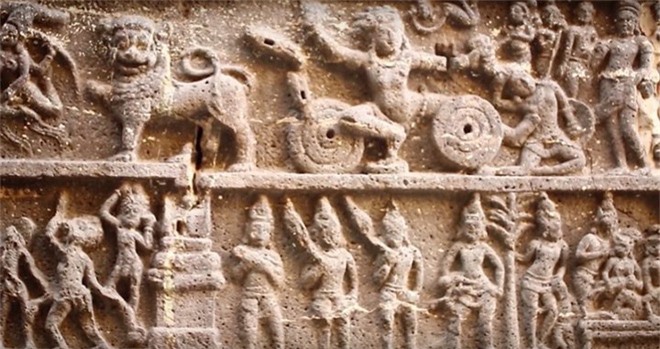
Most of the deities on the left side of the entrance are said to be devotees of Shiva while on the right side, the deities are said to be devotees of Lord Vishnu, another major deity in Hinduism.

Next to Shiva are two large pillars and sculptures depicting stories related to this god. All the details are very delicate.
In our day and age, almost everything is dependent on science and technology, so it is hard to imagine that nearly 12 centuries ago, people were able to create temples. This giant and complex structure is only possible thanks to rudimentary tools and dedication.





